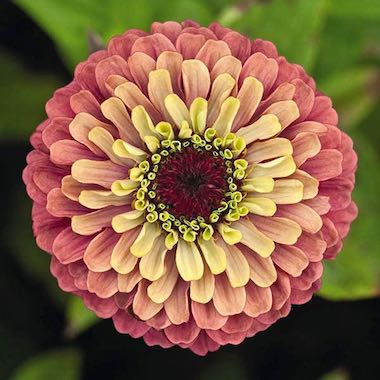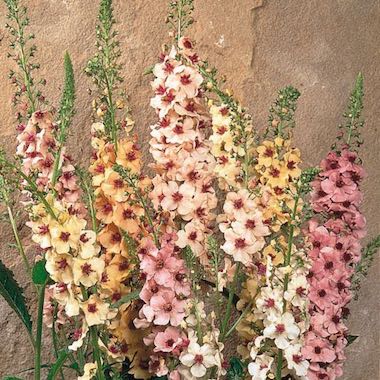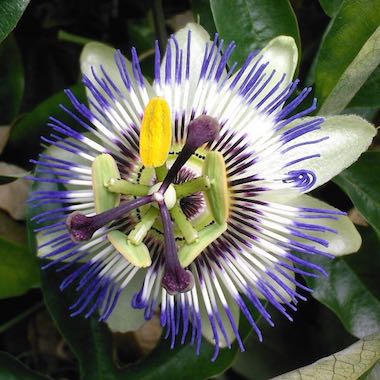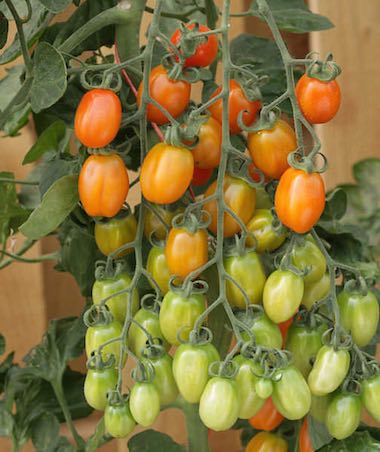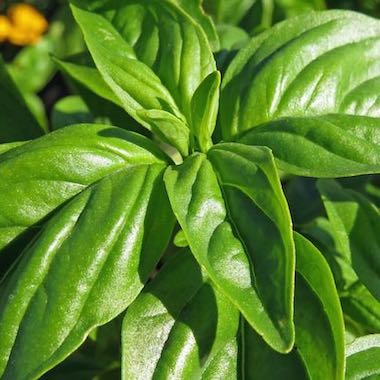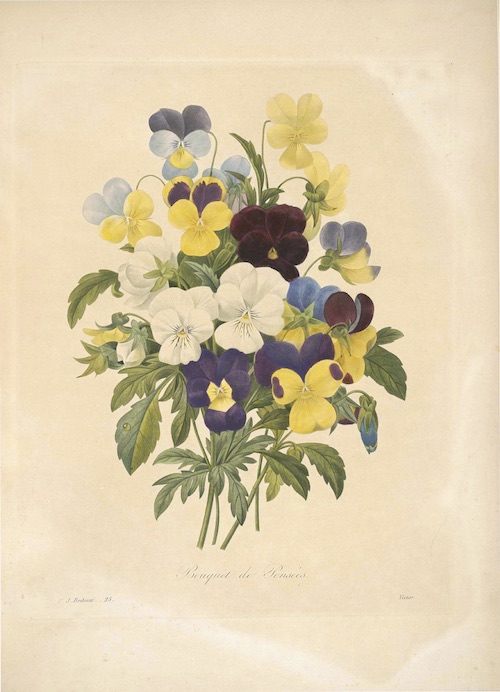
One of the aspects of the history of gardening and cultivated plants I find most fascinating is the period of time during which there was a commonly known and accepted culture around giving plants and bouquets of flowers to friends, lovers, and enemies with hidden (or not-so-hidden) messages. If propriety meant one could not express one’s true feelings out loud or even in written form, one could send a message in a coded language that one hoped would be decoded by the recipient. The only meaning for a flower from that time that is commonly known today in popular culture is that a red rose means “love,” which is one of the reasons why gifts of red roses are so popular for Valentine’s Day. But once upon a time, hundreds of flowers and plants had meanings that could be shared or alluded to.
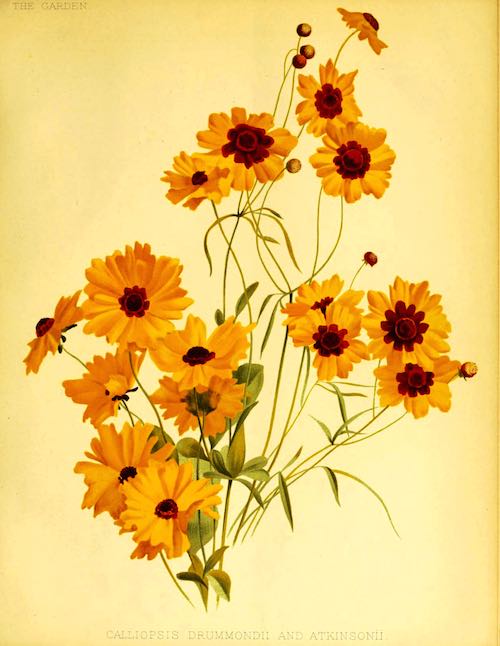
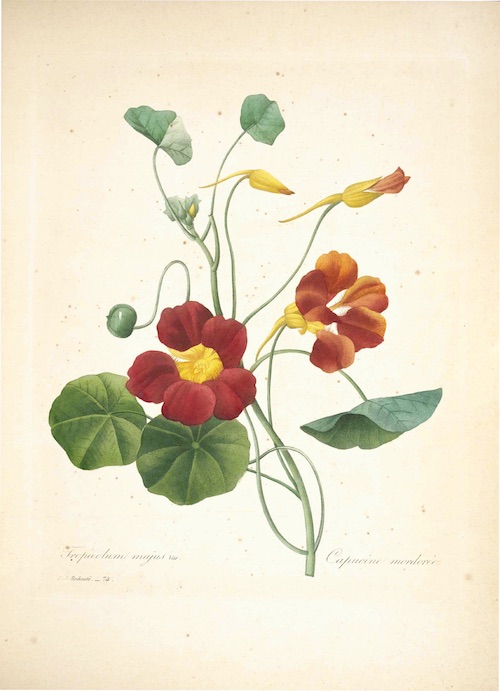
These days, floriography is a fun anachronism with which to play, and an interesting topic to research. Many different sources for plant and flower meanings have different or even conflicting meanings. For example, in one source, sunflowers mean “false riches” while in others, sunflowers mean “pride” or “appreciation”. One hopes that when Victorians were sending one another messages they were using the same message key to decode the messages being sent, otherwise it’s entirely possible the recipient might misinterpret the message!
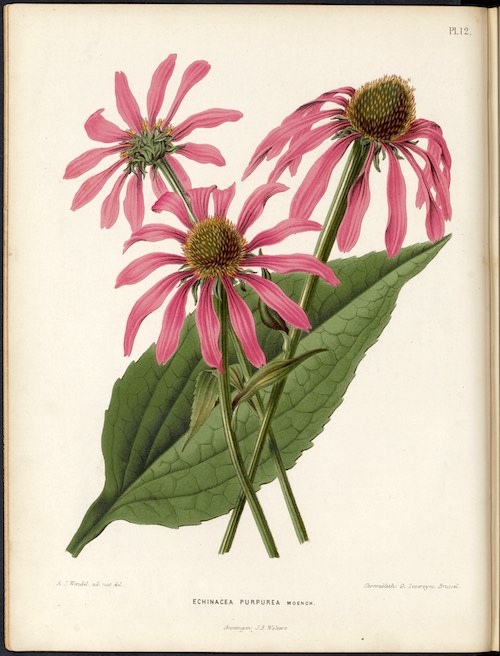
Next time you’re making an arrangement of cut flowers or planning the future occupants of a container or a bed, maybe consider the meanings of the flowers as a fun addition to color, texture, and style? It’s also a new way to think about plants and flowers: why, for example, might rudbeckia mean justice? We know that rosemary’s meaning, “remembrance,” comes from a line of Shakespeare’s play Hamlet. The meaning of Bells of Ireland (“good luck”) is also not difficult to interpret. Many of the reasons behind the meanings, however, are probably lost to time. The following are some of the plants and flowers one can grow from SGS seeds with their commonly accepted meanings, popularly grown in gardens today.
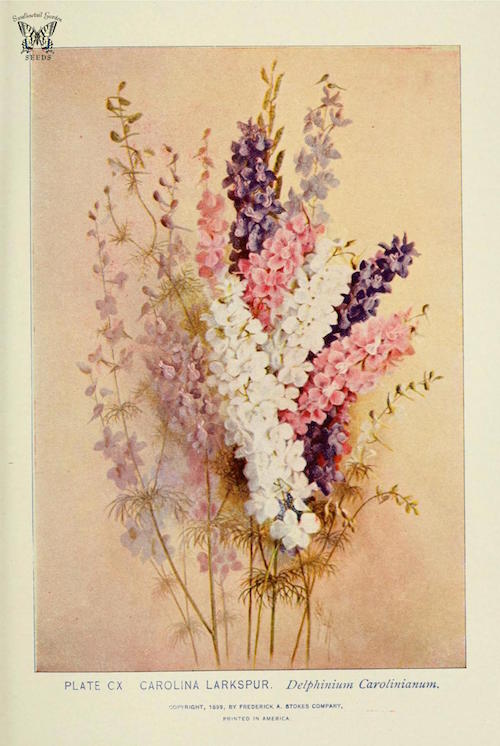
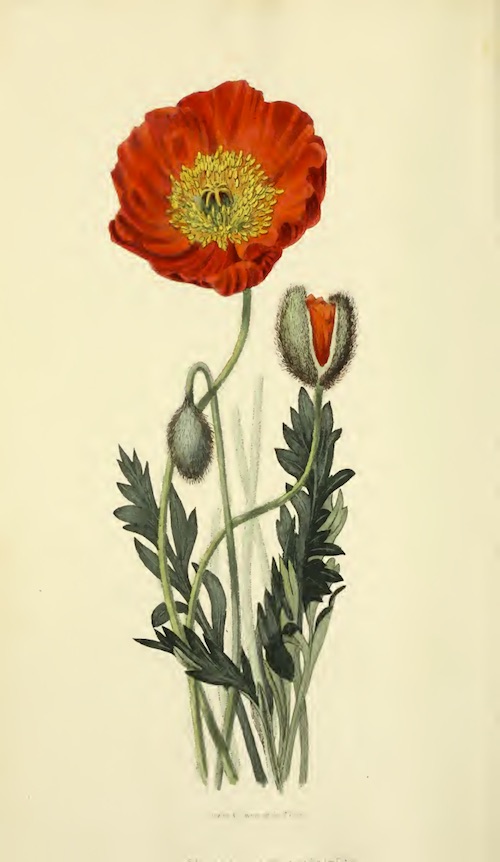
Alyssum – Worth Beyond Beauty
Bells of Ireland – Good Luck
Cosmos – Joy in Love and Life
Dahlia – Dignity, Elegance
Echinacea - Strength and Health
Hibiscus – Delicate Beauty
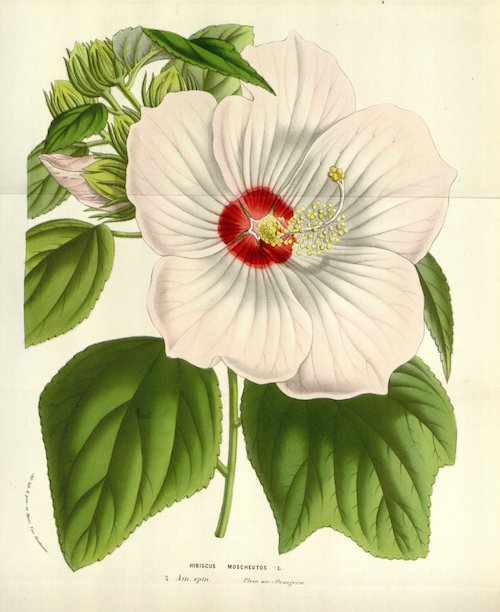
Larkspur – Lightness, levity
Lisianthus – Appreciation
Nasturtium – Patriotism
Pansy – Think of Me, Pleasant Thoughts
Poppy – Extravagance
Rosemary – Remembrance
Rudbeckia – Justice
Stock – Contentment, Bonds of Affection
Sunflower – Pride, Appreciation, Admiration
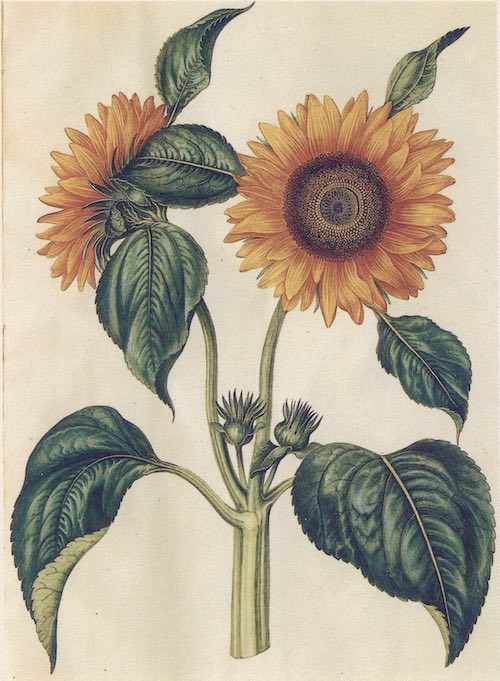
Veronica – Fidelity
Zinnia – Thoughts of Absent Friends


